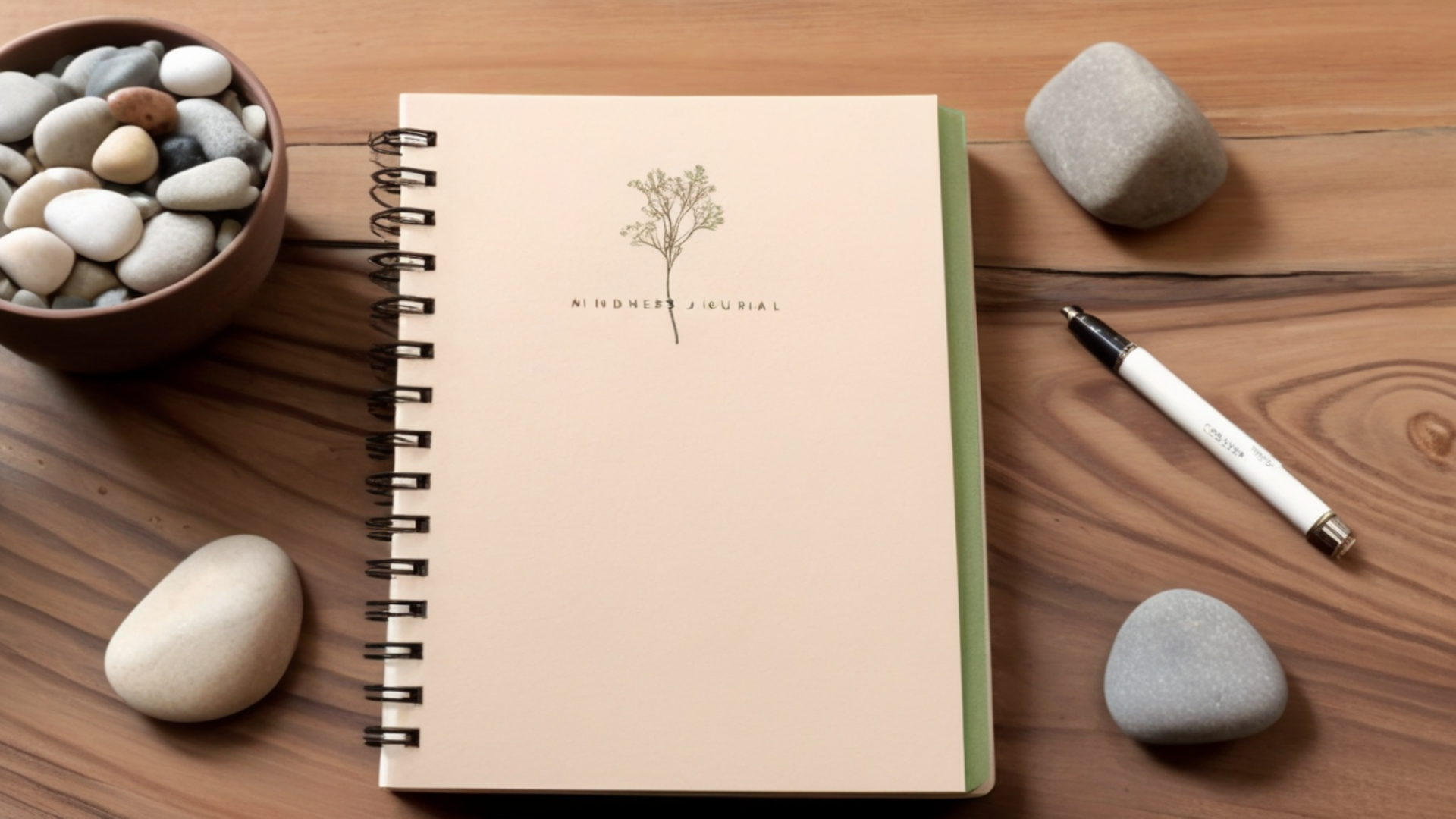Find peace within restlessness by embracing mindfulness. It's not about stillness but about being present with your thoughts, letting them pass like clouds without judgment.

Mindfulness for the Restless
Life’s constant motion—both physical and mental—often leaves us feeling like we’re racing against an invisible clock. For many, the idea of sitting still in meditation feels impossible, even laughable, when the mind is a whirlwind of plans, regrets, and hypotheticals. Yet this very restlessness is why mindfulness matters. When the itch to move, check your phone, or mentally revisit yesterday’s conversation arises, it’s not a sign you’re “bad” at meditating. It’s the mind doing what it’s conditioned to do: seeking comfort in distraction. The practice begins not by silencing thoughts but by noticing them—like clouds passing through a vast sky—without judgment or urgency.
Meditation isn’t about achieving perfect stillness but discovering how to be with restlessness. Physical agitation—fidgeting, shifting, or an urge to jump up—can be met with curiosity rather than resistance. Imagine your body as a spacious container, allowing restless energy to bounce freely like a ping-pong ball inside. Soften your grip on the need to control it. Breathe into the tension in your shoulders, jaw, or hands. Over time, this gentle attention teaches the body that restlessness is just another sensation, not a command to act.
For those who find sitting still unbearable, mindfulness doesn’t require a cross-legged pose. Walking meditation, yoga, or even mindful chores like washing dishes can anchor attention in the present. Feel your feet connecting with the ground, notice the rhythm of your breath, or observe the sensory details of an ordinary task. The goal isn’t to escape mental noise but to recognize it as transient—rising and fading like waves. When thoughts about the future or past intrude, acknowledge them (“There’s planning again”) and return to the physical moment. This builds resilience against the mind’s habit of mistaking urgency for importance.
Restlessness often stems from our cultural obsession with avoiding discomfort. We scroll to dodge boredom, overwork to outrun anxiety, or numb ourselves to evade sadness. But mindfulness invites us to pause and ask: What if this discomfort isn’t an enemy? Each time you sit with an itch without scratching it or observe a worry without chasing solutions, you weaken the reflex to flee. You start to see that restlessness is just energy—neither good nor bad—and that peace isn’t the absence of chaos but the ability to hold it lightly.
The beauty of this practice lies in its repetition. Some days, the mind feels like a storm; others, a quiet pond. Both are natural. Over time, mindfulness reshapes your relationship with restlessness, revealing it not as a flaw but a messenger. It might whisper, I’m afraid of stillness or I don’t know how to stop. Meet that voice with kindness. The more you practice, the clearer it becomes: peace isn’t something you find when the mind finally settles. It’s what remains when you stop fighting the storm.
- Mindfulness doesn't involve silencing thoughts but noticing them without judgment or urgency.
- Physical restlessness can be met with curiosity instead of resistance, recognizing that it is just another sensation and not a command to act.
- Mindfulness can be practiced in various ways such as walking meditation, yoga, or mindful chores, focusing on the present moment and acknowledging thoughts without getting caught up in them.
KEYWORDS
mindful, breath, meditationMOST READ
MORE TO READ

Creating Effective Systems For Growth
Building effective systems is crucial for business growth, fostering efficiency, consistency, and adaptability. These systems ensure scalability, inform strategic decisions, and drive long-term success.

How to positive thinking
Discover how embracing positive thinking can transform your daily experiences by focusing on gratitude, reframing negative thoughts, and cultivating optimism through simple yet powerful practices.

Why Your Brain Loves Silence
Find peace and mental renewal in silence. Research shows that quiet moments nourish the mind, enhancing creativity, emotional balance, and mental clarity.

Fall in Love With Ordinary Moments
True romance isn’t about grand gestures—it’s the quiet magic of shared routines, comforting silences, and small acts of kindness that build enduring love. Find joy in life’s ordinary moments together.


